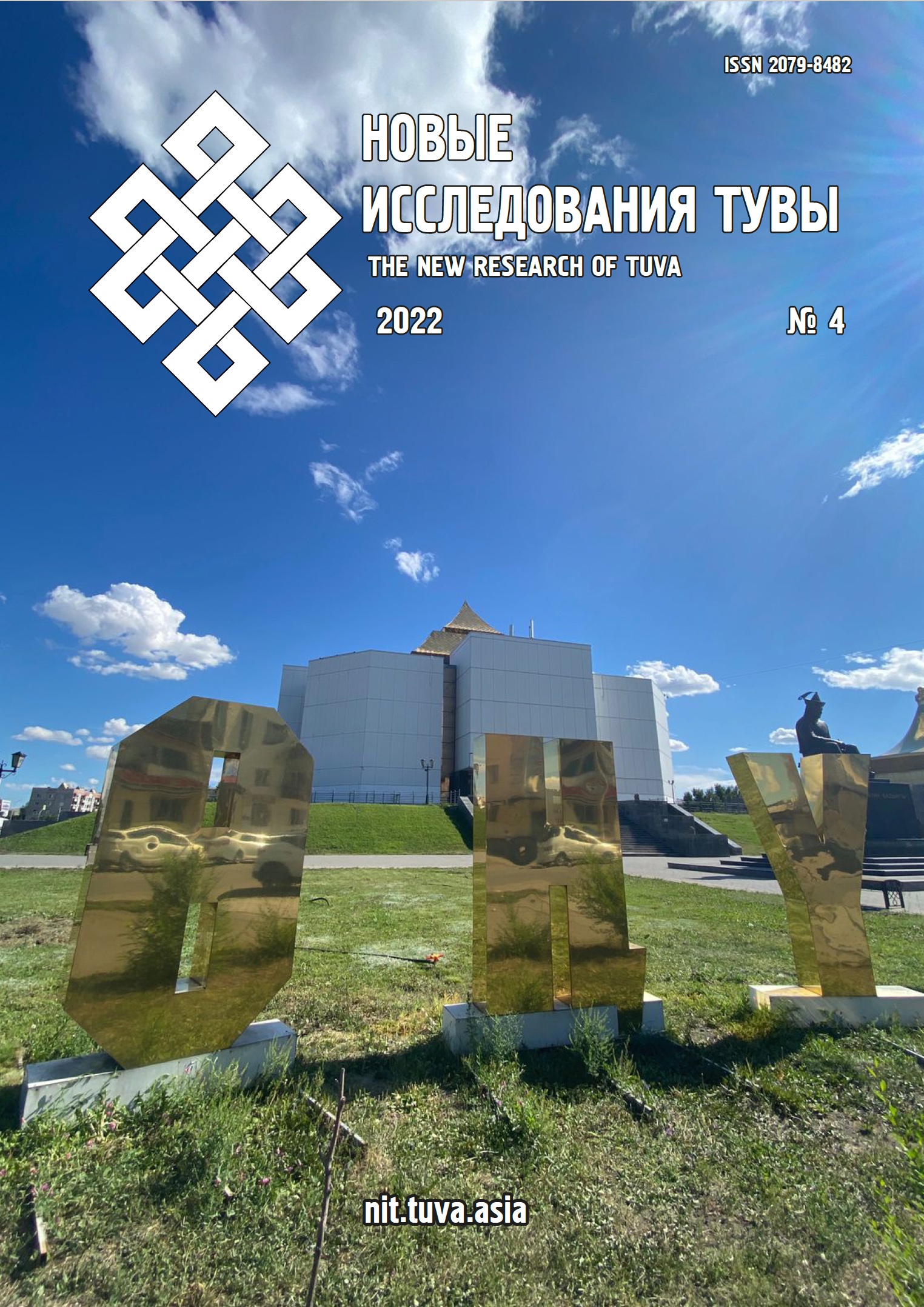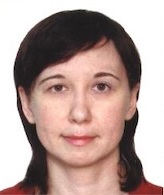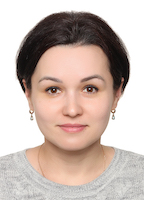Metaphor as a means of visualizing an object of naming in media texts (a case study of the Russian, English, Tatar and Tuvan languages)
DOI:
https://doi.org/10.25178/nit.2022.4.18Keywords:
metaphor; semantic model; visualization; mass media; anthropocentrism; Tuvan language; Russian language; English language; Tatar languageAbstract
The article identifies metaphorical models that determine the principles of verbal visualization of the realities of culture and show business in media texts. It incorporates materials of multi-structural unrelated / not closely related languages (Russian, English, Tatar, Tuvan).
It has been found out that these models have different potential in terms of figurative representation of the phenomenon being designated. Systemic (linguistic) metaphors hold the least potential being widely replicated and therefore devoid of the effect of novelty (Rus. звезда / zvezda; Eng. star; Tat. йолдоз / ioldoz; Tuv. сылдыс / syldys). More ample imaginative possibilities are typical for metaphorical models that reflect specific associative connections of concepts (Rus. ад / ad; Eng. bubble, cloud; Tat. өзү / ozu; Tuv. аскымнаар / askymnaar; et al.).
The models are largely universal in nature, that is, they are presented in four/three languages that are analyzed (“physical action → emotional impact”, “heavenly body → human being”, etc.). In some cases, there is a parallelism of semantic structures of multilingual lexemes (Rus. рассадник / rassadnik; Eng. breeding; etc.).
Unique models of metaphorization, which are based on associative relations of concepts that are difficult to explain from a logical point of view, are characteristic of only one of the languages under study, for instance: “physiological impact → intellectual/emotional impact” (in English), “movement → speech activity” (in Tuvan), etc.
It is shown that most of the metaphorical images used in media texts correlate with the anthropomorphic and objective codes of culture: the inner form of the analyzed lexemes is associated either with the animation of processes, states, etc., or with their objectification. The active use of metaphorical means in media texts is partly due to the predominance of the visual principle in contemporary culture. This principle facilitates the perception of a message and deciphering its meaning.
References
Arutiunova, N. D. (1990) Metafora i diskurs [Metaphor and discourse]. In: Teoriia metafory [Theory of metaphor] / ed. by N. D. Arutiunov. Moscow, Progress. 511 p. Pp. 5–32. (In Russ.).
Baranov, A. N. (2014) Deskriptornaia teoriia metafory [Descriptive theory of metaphor]. Moscow, Iazyki slavianskoi kul'tury. 632 p. (In Russ.).
Wei Xiao (2021) Funktsii politicheskoi metafory v sovremennykh elektronnykh SMI (na materiale setevogo izdaniia «Gazeta.ru») [Political metaphor functioning in the modern electronic media (a case study of the online newspaper “Gazeta.ru”)]. Philology. Theory & Practice, vol. 14, issue 5, pp. 1453–1458. (In Russ.).
Zalizniak, A. A. (2013) Semanticheskii perekhod kak ob"ekt tipologii [Semantic transition as an object of typology]. Voprosy iazykoznaniia, no. 2, pp. 32–51. (In Russ.).
Kiseleva, L. A. and Todosienko, Z. V. (2019) Kognitivnye osnovaniia semanticheskoi derivatsii v raznostrukturnykh iazykakh [Cognitive foundations of semantic derivation in differential languages]. Issues of Cognitive Linguistics, no. 1, pp. 21–29. (In Russ.). DOI: https://doi.org/10.20916/1812-3228-2019-1-21-29
Lakoff, G. and Johnson, M. (2004) Metafory, kotorymi my zhivem [Metaphors we live by] / transl. from Engl. Moscow, Editorial URSS. 252 p. (In Russ.).
Novitskaya, I. V. (2019) Lingvistika XXI veka na puti k integrativnoi teorii metafory [Linguistics of the 21st century on the path to the integrated theory of metaphor]. Siberian Journal of Philology, no. 3, pp. 143–157. (In Russ.). DOI: https://doi.org/10.17223/18137083/68/13
Oparina, E. O. (2000) Issledovanie metafory v poslednei treti XX v. [The study of metaphor in the last third of the 20th century]. In: Lingvisticheskie issledovaniia v kontse XX v. [Linguistic research in the late 20th century] : A collection of reviews / ed. by F. M. Berezin. Moscow, Institute of Scientific Information for Social Sciences of the RAS. 214 p. Pp. 186–204. (In Russ.).
Simakova, S. I. (2018) Vizual'nyi povorot — novaia filosofiia obraza v sredstvakh massovoi kommunikatsii [Visual turn — new philosophy of image in means of mass communication]. Bulletin of Chelyabinsk State University, no. 10 (420), Philology Sciences, issue 114, pp. 225–232. (In Russ.). DOI: https://doi.org/10.24411/1994-2796-2018-11032
Smirnitskaya, A. A. (2016) Semantika terminov rodstva v tamil'skom iazyke s tochki zreniia tipologii semanticheskikh perekhodov [Semantics of kinship terms in Tamil from the point of view of the typology of semantic transitions]. Vestnik RUDN. Seriia: Lingvistika, vol. 20, no. 2, pp. 112–127. (In Russ.).
Chudinov, A. P. (2013) Ocherki po sovremennoi politicheskoi metaforologii [Essays on modern political metaphorology]. Yekaterinburg, Ural State Pedagogical University. 176 p. (In Russ.).
Bertin, J. (1967) Sémiologie graphique. Paris, Mouton/Gauthier-Villars. 436 p.
Kress, G. and van Leeuwen, T. (2006) Reading images: The grammar of visual design. London : Routledge. xviii, 291 p.
The Routledge handbook of multimodal analysis (2014) / ed. by C. Jewitt. London : Routledge. xxvi, 527 p.
Published
How to Cite
For citation:
Kiseleva L. A., Todosienko Z. V., Lukmanova R. R. and Kuular E. M. Metafora kak sredstvo vizualizatsii ob’ekta naimenovaniia v mediatekstakh (na materiale russkogo, angliiskogo, tatarskogo i tuvinskogo iazykov) [Metaphor as a means of visualizing an object of naming in media texts (a case study of the Russian, English, Tatar and Tuvan languages)]. New Research of Tuva, 2022, no. 4, pp. 243-256 (In Russ.). DOI: https://www.doi.org/10.25178/nit.2022.4.18
Issue
Section

This work is licensed under a Creative Commons Attribution-NonCommercial 4.0 International License.

Author(s) license holder(s) grant rights for their work to the journal (grantee of a license) under the simple non-exclusive open license in accordance with Art. 1286.1 «Open license for a research work, work of literature or fine arts», Civil Code of the Russian Federation.
New Research of Tuva publishes articles under the Creative Commons Attribution-NonCommercial license (CC BY-NC).
Since it is an open license, author(s) reserve the right to upload the article to their institutional repository, submit it to another journal (if it allows republications), or republish it on their own website (in full, or in part).
However, several conditions apply here:
a) The republished version must always contain the name(s) and affiliation(s) of the author(s), the original title and the hyperlink to the original version on the New Research of Tuva website;
b) It must be in open access, free of charge, and no category of readers must be in any way whatsoever advantaged over general readership.
c) should the contribution be submitted elsewhere by its author(s) without substantial modification (30% or more of original text unchanged), the body of the article should contain a disclaimer that the original version was published in New Research of Tuva (with a link to the respective page)
The CC-BY-NC is a non-revocable license which applies worldwide and lasts for the duration of the work’s copyright.












